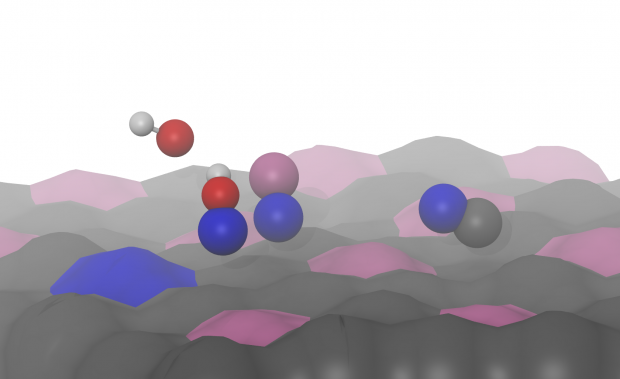Ab initio study of the trapping of polonium on noble metals
Abstract
In the future MYRRHA reactor, lead bismuth eutectic (LBE) will be used both as coolant and as spallation target. Due to the high neutron flux a small fraction of the bismuth will transmute to radiotoxic 210Po. Part of this radiotoxic element will evaporate into the gas above the coolant. Extracting it from the gas phase is necessary to ensure a safe handling of the reactor. An issue in the development of suitable filters is the lack of accurate knowledge on the chemical interaction between a candidate filter material and either elemental polonium or polonium containing molecules. Experimental work on this topic is complicated by the high radiotoxicity of polonium. Therefore, we present in this paper a first-principles study on the adsorption of polonium on noble metals as filter materials. The adsorption of monoatomic Po is considered on the candidate filter materials palladium, platinum, silver and gold. The case of the gold filter is looked upon in more detail by examining how bismuth pollution affects its capability to capture polonium and by studying the adsorption of the heavy diatomic molecules Po2, PoBi and PoPb on this gold filter.
 Open Access version available at UGent repository
Open Access version available at UGent repository
